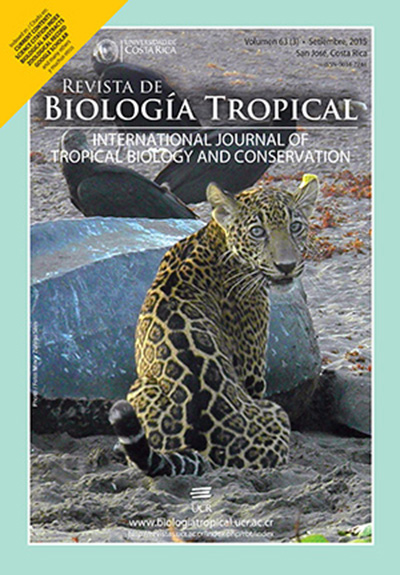Abstract
In recent years the terms assemblage and ensemble have become more frequent in the ecological literature. After analyzing the definitions of the words in the French original, as well as their use in English and Spanish and opinions on how they can be defined, I conclude that the words assemblage and ensemble rarely improve scientific communication and can be eliminated from most ecological articles. The few justified exceptions are articles in which the emphasis is on how taxonomically close species interact trophically.
References
Cooke, J. G. (1984). Glossary of technical terms. In R. M. May (Ed.), Exploitation of Marine Communities. Berlín: Springer-Verlag.
Council of Science Editors. (2006). Scientific Style And Format: The CSE Manual for Authors, Editors, And Publishers. Chicago: Council of Science Editors.
Fauth, J. E., Bernardo, J., Camara, M., Resetarits, W. J., Van Buskirk Jr., J., & McCollum, S. A. (1996). Simplifying the Jargon of Community Ecology: A Conceptual Approach. The American Naturalist 147: 282-286.
Jaksić, F.M. (1981). Misuse of the Term "Guild" in Ecological Studies. Oikos 37(3): 397-400.
McCune, B., Grace, J. B., & Urban, D. L. (2002). Analysis of Ecological Communities. Gleneden Beach, Oregon: MjM Software Design.
Moreira, F. M. S., Huising, E. J., & Bignell, D. E. (2012). Manual de biología de suelos tropicales. México DF: Secretaría de Medio Ambiente y Recursos Naturales (SEMARNAT) e Instituto Nacional de Ecología (INE).
Quijada, P. A. & Cáceres, C. W. (2000). Patrones de abundancia, composición trófica y distribución espacial del ensamble de peces intermareales de la zona centro-sur de Chile. Revista Chilena de Historia Natural, 73: 739-747.
Verhoef, H. E. & Morin, P. J. (2009). Community Ecology: Processes, Models, and Applications. Oxford: Oxford University.
##plugins.facebook.comentarios##

This work is licensed under a Creative Commons Attribution 4.0 International License.
Copyright (c) 2015 Revista de Biología Tropical






